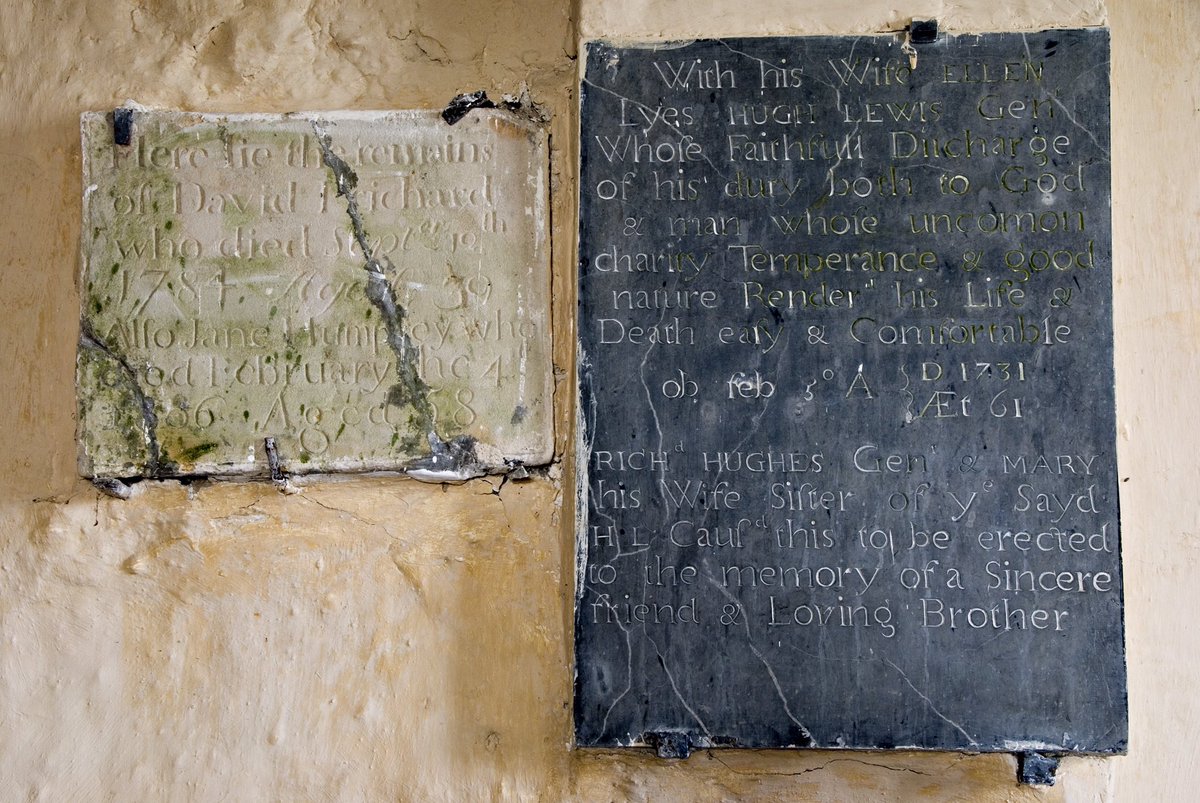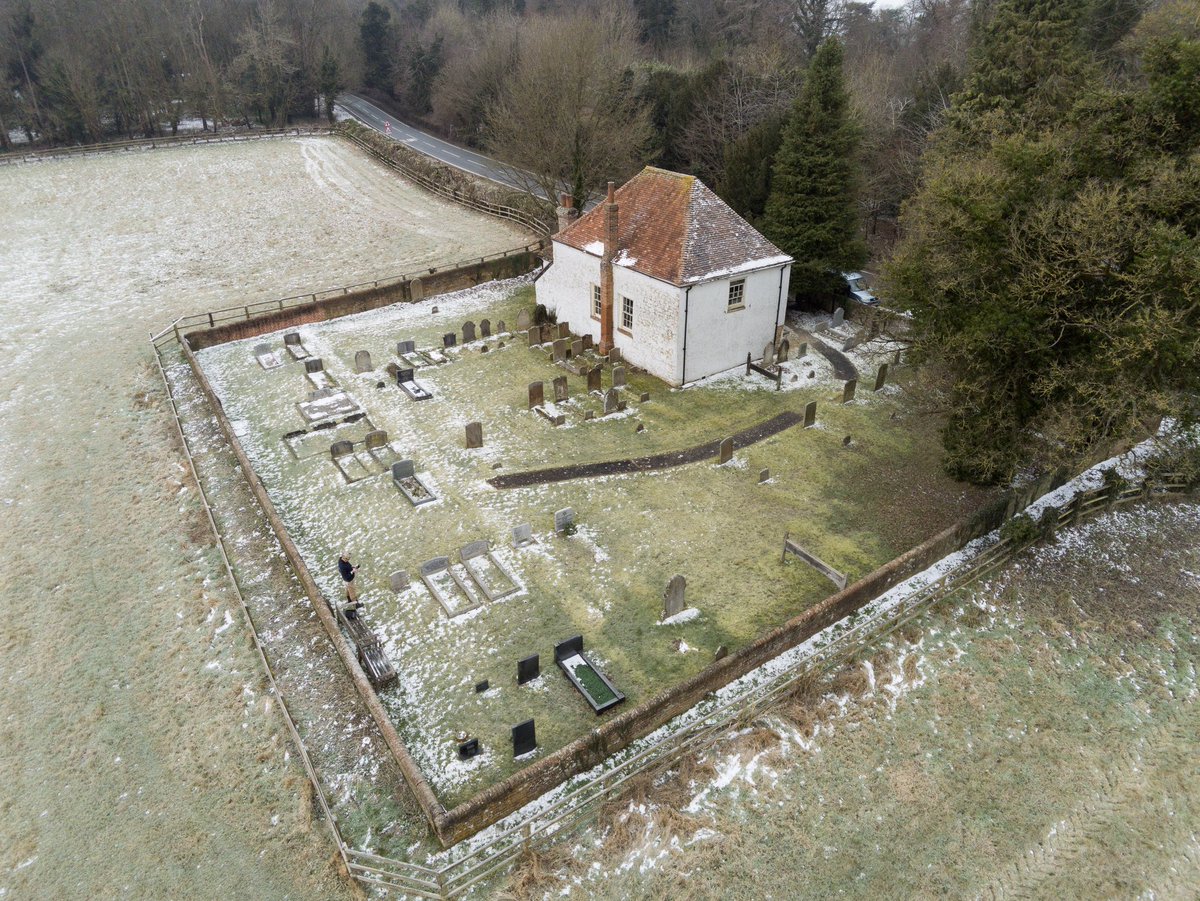
Ye Olde Inn. Ye Olde Sweet Shoppe. Ye Olde Cheshire Cheese… The word ‘ye’ pops up all over the place – shop names to gravestones. But what if I told you that the first letter of ‘ye’ isn’t a ‘y’ at all but, þ - an Old English letter called thorn (or þorn).
#thread
#thread

But how do you get from þ to y? It all had to do with William Caxton’s printing press of 1476. Many of the type fonts used were imported from Germany or Italy. These fonts didn’t have þ, but they did have the letter Y. And so, þ was replaced with Y.
2/5
2/5

Now, I’m no etymologist and this is only a skim of the story of thorn, but þ was pronounced ‘th’. It was never pronounced with a ‘y’ sound.
3/5
3/5

Even though the printing press started to replace þ with y, þ was already in decline, gradually being replaced with the letters (or digraph) ‘th’.
4/5
4/5

But it didn’t disappear entirely. It lingered on in its ‘Y’ form in some abbreviations –places where space was tight… like on headstones. So, as well as timber-framed pubs and novelty sweet shops, the one place thorn survives (sort of) is in churches and churchyards.
5/5
5/5

• • •
Missing some Tweet in this thread? You can try to
force a refresh



















